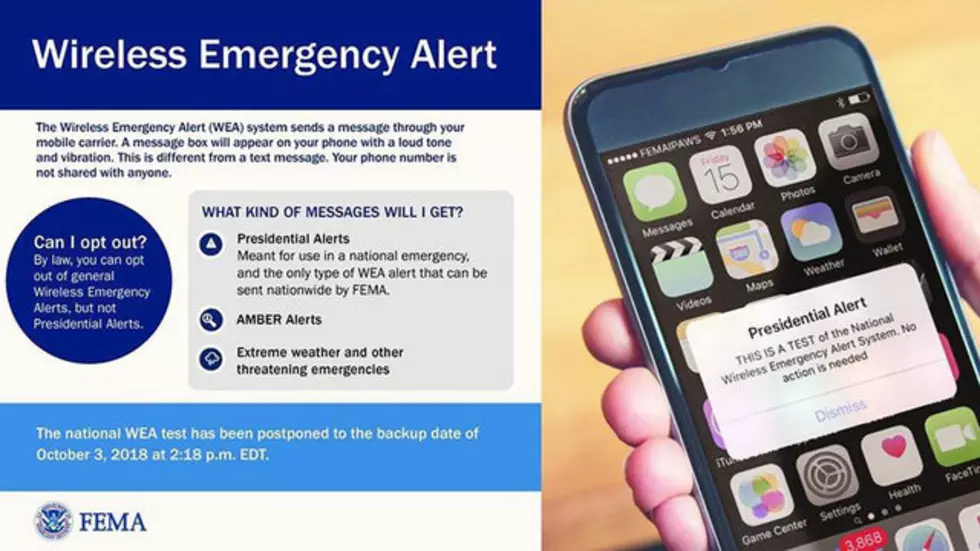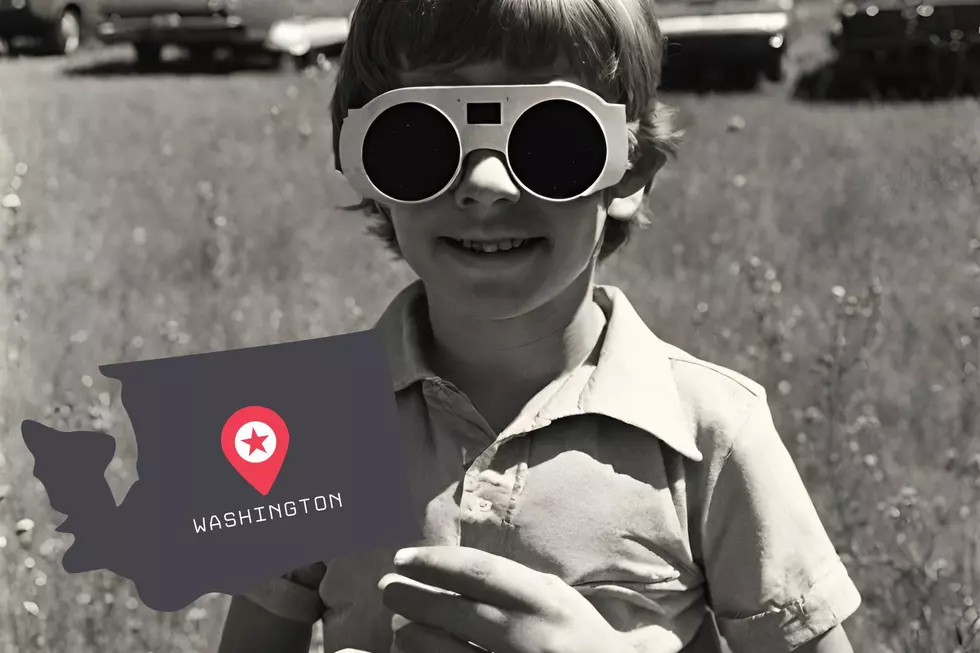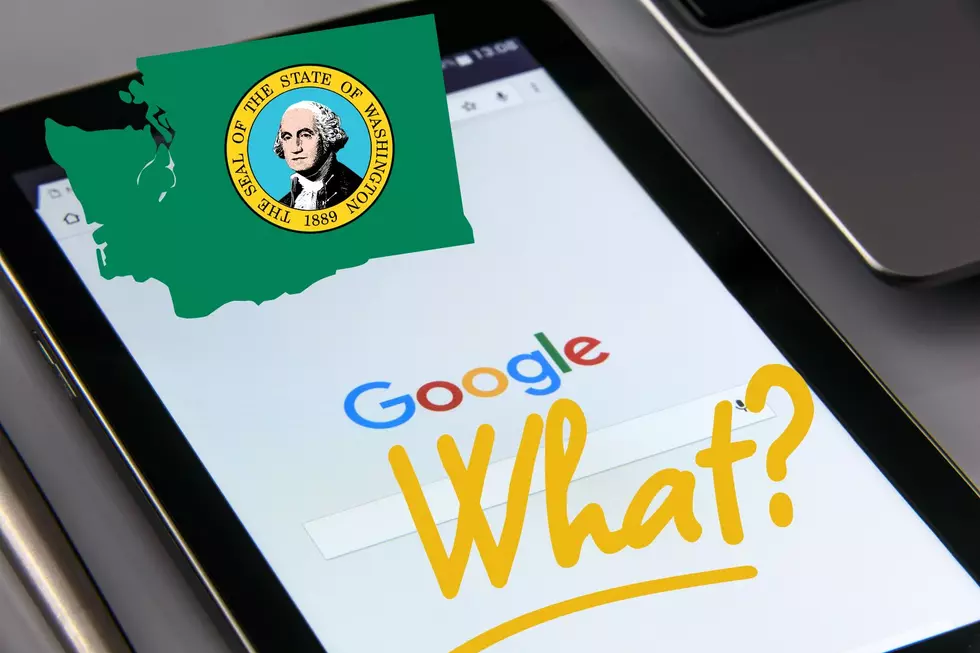
National Emergency Alert Test Will Hit Your Phone on Wednesday
Attention: This is only a test. However, it's a very important test.

The Federal Emergency Management Agency (FEMA) paired with the Federal Communications Commission (FCC) will be conducting a nationwide test of the Integrated Public Alert and Warning System (IPAWS) this Wednesday, October 4th.
IPAWS provides the capability to notify the public of impending natural and human-made disasters, emergency and public safety information. In a national emergency, the President may use IPAWS to communicate to the public as well. IPAWS delivers timely, geographically-targeted messages during emergencies to save lives and protect property through multiple communication pathways such as, the Emergency Alert System, Wireless Emergency Alerts, NOAA Weather Radio and other internet connected devices and services.
What can cell phone owners expect to happen?
On Wednesday at 11:20 am, cell phones, mobile devices, radios and televisions will receive a unique tone and vibration. The message on your screen will read:
“THIS IS A TEST of the National Wireless Emergency Alert System. No action is needed.”
What are wireless Emergency Alerts? (WEAs)
Wireless Emergency Alerts (WEAs) are short emergency messages from authorized federal, state, local, tribal and territorial public alerting authorities that can be broadcast from cell towers to any WEA‐enabled mobile device in a locally targeted area. WEAs can be sent by state and local public safety officials, the National Weather Service, the National Center for Missing and Exploited Children and the President of the United States.
To learn more about the IPAWS national test, watch the video below, courtesy of FEMA.
KEEP READING: Get answers to 51 of the most frequently asked weather questions...
LOOK: The most expensive weather and climate disasters in recent decades
Gallery Credit: KATELYN LEBOFF
KEEP READING: What to do after a tornado strikes
More From 98.3 KEYW









